The holiday season is a wonderful time to hit the road for a visit with family and friends. But it often means long drives in heavy traffic. To help you stay safe (and sane) on the road to your destination, here’s a list of defensive driving tips to prepare you for the drive.
Planning: The First Line of Defense
According to the National Safety Council (NSC), defensive driving means taking reasonable action to prevent a collision. But defensive driving starts before you even get on the road. Checking weather and road conditions in advance helps you plan a route and know what to expect along the way. It’s also important to pack the car with basic supplies. A first aid kit, flares, snacks and blankets ensure you’re ready for emergencies on long drives.
Traffic Watch
The holiday season is not only one of the busiest travel times, but this year’s low gas prices mean many people will probably choose to drive. And more cars on the road means a higher chance of fatal crashes, so it’s extra important to stay alert this year and learn to spot and avoid hazards using these NSC-approved tips.
– Defensive driving instructors recommend checking your mirrors every three to five seconds and continuously scanning ahead for possible dangers.
– Always give the right of way to fellow motorists, but be prepared to react to unexpected lane changes and turns.
– During heavy traffic, keep a safe distance from other vehicles and give yourself ample response time by slowing your speed.
– Look for signs of impaired, distracted and even aggressive driving and develop techniques like deep breathing to keep calm under pressure.
Collision-Proof Your Drive
 The NSC has identified six unsafe driving behaviors that most often lead to collisions. By understanding each infraction and learning how to avoid them, holiday travelers can develop safer driving habits and collision avoidance techniques.
The NSC has identified six unsafe driving behaviors that most often lead to collisions. By understanding each infraction and learning how to avoid them, holiday travelers can develop safer driving habits and collision avoidance techniques.
1) Improper speed. Keep a close eye on both the posted speed limit and weather conditions. Even if you’re obeying the limit, you may need to slow down to drive safely on a wet or icy road.
2) Violating right of way. To make sure you’re yielding properly and following all traffic signals and stop signs, drive at an appropriate speed to give yourself time to react and take a moment to scan intersections before entering them.
3) Driving left of center. Patience and foresight are key to avoiding this unsafe behavior. Slow down and stay behind cyclists or pedestrians until it’s safe to pass them, and watch the road ahead for animals or other obstacles so you can brake or safely steer around them instead of swerving into the other lane.
4) Turning improperly. Always use turn signals to let other drivers, pedestrians and cyclists know where you’re going. (Most traffic laws require you to signal within 100 feet of a turn, but you should check local regulations.)
5) Passing improperly. When passing, be sure to use your turn signals and check your blind spots, as well as in front of and behind your vehicle. You should be able to pass without getting too close to the car ahead or going over the speed limit; if you can’t, it may not be safe to pass.
6) Following too closely. At low speeds, this can lead to irritating fender benders; at high speeds, it can be deadly. Give yourself at least three seconds of distance between your own vehicle and the one ahead. If someone is tailgating you, don’t speed up! Maintain your speed and move over to let him or her pass if and when it is safe to do so.
Did you know? GEICO policyholders who complete defensive driver training could qualify for discounts on their auto insurance, depending on the state they live in. To learn more about defensive driver courses in your state, visit geico.com/ddc.
By Katherine Palbom & Kristen Koch




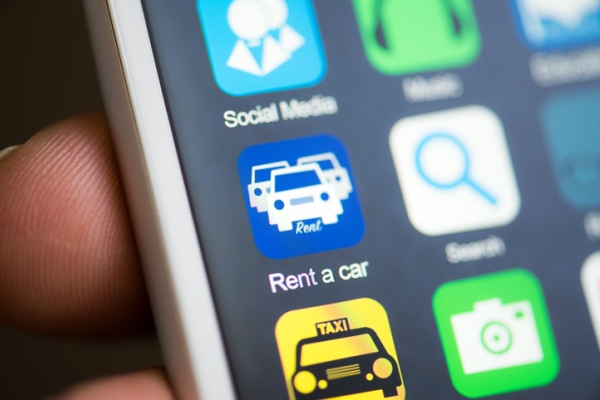
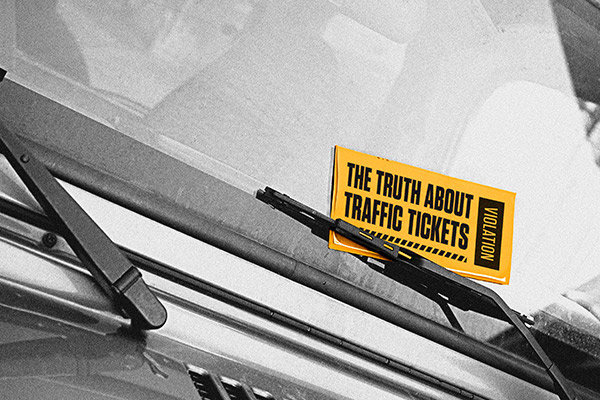

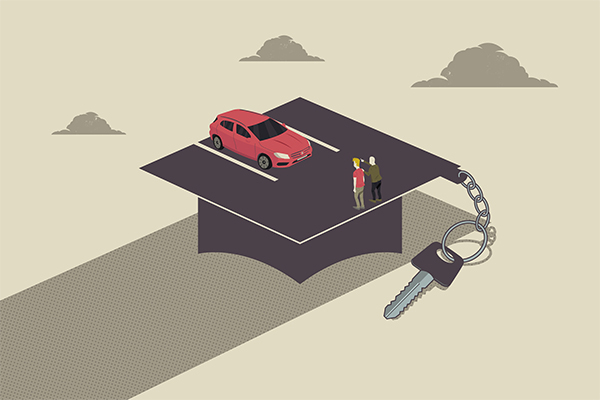
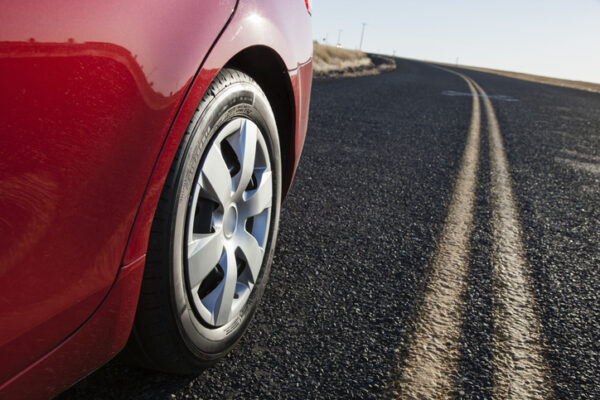
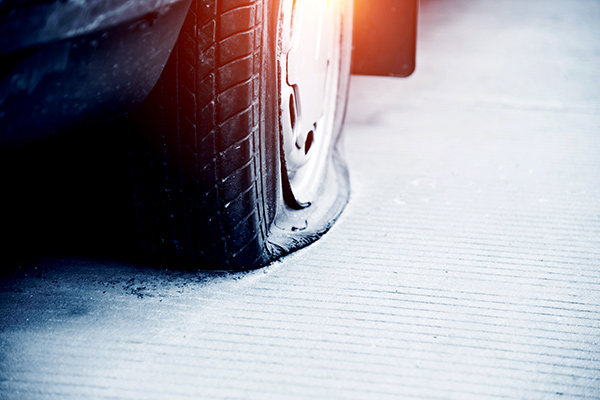
Bryan frazier says,
I Think it’s great that you put out this information. It really means a lot and even know some people think they are good and safe drivers it never hurts to learn something over again .
Patti Harlow says,
It would be nice if EVERYONE on the road practiced ALL of these safety rules. I try leaving ample space between me and the driver in front of me, then some driver takes that safety space away from me. If I had a buck for every person who does not signal when changing lanes AND a dollar for every person on the road I SEE texting (phone being held above the steering wheel to permit viewing of the road ahead while texting – unreal!!) I’d probably net 50 bucks a day – at least. Safe driving and Happy Holidays to all!
Niko karanikolas-jamison says,
Thank you for giving me advice to stay safe
Max Fortner says,
Thanks for reminding all the aggressive drivers that dont look out for us bikers on these nice Harley Davidsons that you can hear a mile away but still run us off the road put right out like we are not there …
L. P. Furstenfeld says,
LANE CHANGE POSTURE:
Sit up straight when you drive a vehicle.
( resist using the drivers seat as a lazy recliner )
Use the flexibility of your straight back to assist your necks range of motion.
When checking a blind spot – quickly lean slightly forward, turn you upper body; back, shoulder, neck and head
AND look back and around for the “other drivers” that are coming up from behind honing in on the same open space.
( some newer cars have a slightly raised platform that
is useful to place your left foot on to steady yourself
when looking back at the right side lanes. )
Also, the use of a turn signal – a blinker – will be on your side should a lane change accident occur.
Drive well my friend .
Nick Bourg says,
Hi Gieco girls that wrote the driving trips. Driving from Florida up to New York I always take an insulated box (Styrofoam) with Ice, Water, Snacks, fresh fruit like apples or bananas, and above all “Snickers”.
I do not work for the Mars Company.
Good article Nick
Joe says,
Also remember that the left lane is the PASSING lane. NOT the fast lane. If you’re not actively trying to pass someone, get back to the right. DONT STAY IN THE PASSING LANE UNLESS YOU’RE ABOUT TO PASS SOMEONE.
Roy says,
Thank you for the information I will apply it when I am driving. If you have some more information please let know I can use all safety Information I can get. Thank you
Mary Miller says,
Very important information.
Terry Rainwater says,
Good article.. Is there a similar piece tailored specifically to towing RV travel trailers? I would copy it for our RV club.
Rene Duranst says,
Happy holidays from Duranst family thank you very much .
David Cardona says,
Your staff is the best. I was kind of skeptical when i switch to Geico, but now I can relax. Great, Excellent Insurance Co. = GEICO… 🙂
William A LaBarr says,
The article is very well written and I observe all those rules, but it is these other speeding drivers here in Florida. Many of the Florida drivers turn off the running lights that the newer cars come with. Therefore in bad weather or early evening it is harder to see those cars speeding at you from a distance. If a driver or owner of a car turns those running lights off, they should get a citation or have their insurance rates go up. I am going to retake the driver safety course as soon as I can. Palm Beach County used to offer it. William A La Barr
Peter Frankhauser says,
Taught Defensive Driving to High school students for 25 years. In car and classroom. The art of staying alive in traffic.
Newt Mercer says,
No one is right in a wreck